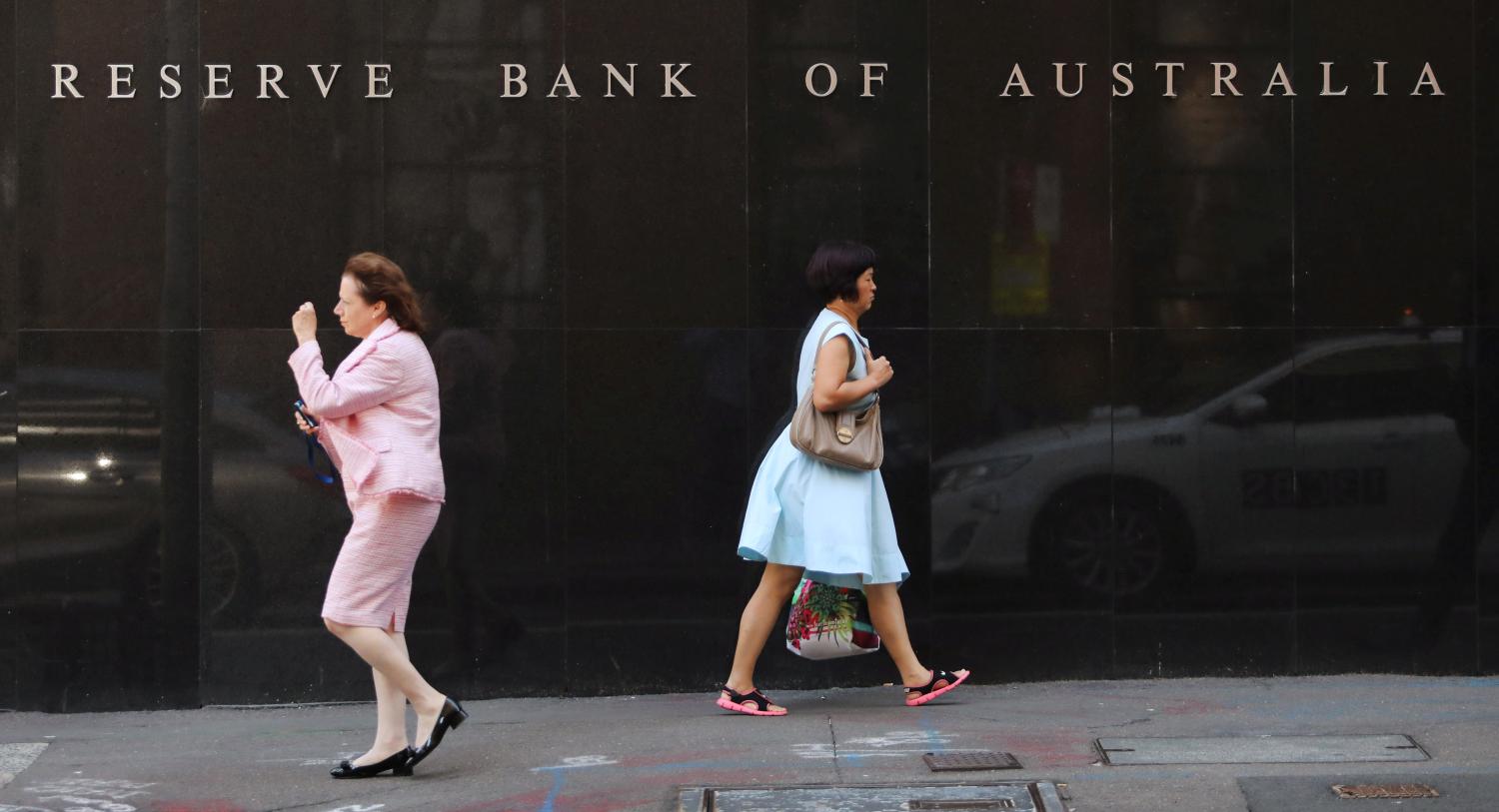This paper was presented at the RBA conference on “Inflation Targeting and Central Bank Frameworks: Evolution or Revolution?” held in Sydney on April 12-13, 2018.
The core mandates of the Reserve Bank of Australia (RBA hereafter) are promoting price stability, employment, economic prosperity and the welfare of the Australian people. However, the way in which monetary policy has been conducted, in order to achieve these goals, has undergone evolutionary changes over the past 35 years. Most notable was the switching from money targeting that prevailed throughout the 1980s, to a “checklist” approach and finally to inflation targeting beginning around 1993. Under the inflation targeting framework, the RBA’s price stability objective is defined as achieving a medium-term average inflation rate of 2 to 3 percent over the cycle – which allows some policy space for short-run considerations of output and employment fluctuations.
The flexible inflation targeting regime followed by the RBA has clearly outperformed the alternative monetary frameworks (i.e. fixed exchange rates; a fixed monetary rule; a checklist of intermediate targets) that had been implemented in earlier decades. However, as Australia positions itself as a competitive economy in a rapidly changing global economy, it is worth asking whether there is likely to be a better approach for monetary policy moving forward.
There has certainly been a long and rigorous debate that other monetary regimes can outperform inflation targeting in theory. Both flexible inflation targeting and the normal income targeting have appealing characteristics in theory. Flexible inflation targeting has worked well, although it could be argued that this is mostly because the nature of the shocks in the Australian economy which has largely been domestic and foreign demand shocks. The key issues moving forward is what will be the nature of future shocks hitting the Australian economy. In recent years, productivity shocks have become more important. This has seen the ability of central banks including the RBA to forecast inflation and to achieve the inflation target to be less successful.
This paper surveys alternative monetary frameworks and evaluates whether the current inflation targeting framework followed by the RBA for the past 25 years is likely to be the most appropriate framework for the next 25 years. While flexible inflation targeting has appeared to work well in Australia in the past decades, the nature of future shocks suggests that some form of nominal income targeting is worth considering as an evolutionary change in Australia’s framework for monetary policy. The authors show in the paper that inflationary expectations appear not to be as well anchored in the Australian economy as would be expected given the existence of the inflation targeting framework.
Read the full paper here.
The authors did not receive financial support from any firm or person with a financial or political interest in this article. Neither is currently an officer, director, or board member of any organization with an interest in this article.
The Brookings Institution is committed to quality, independence, and impact.
We are supported by a diverse array of funders. In line with our values and policies, each Brookings publication represents the sole views of its author(s).








